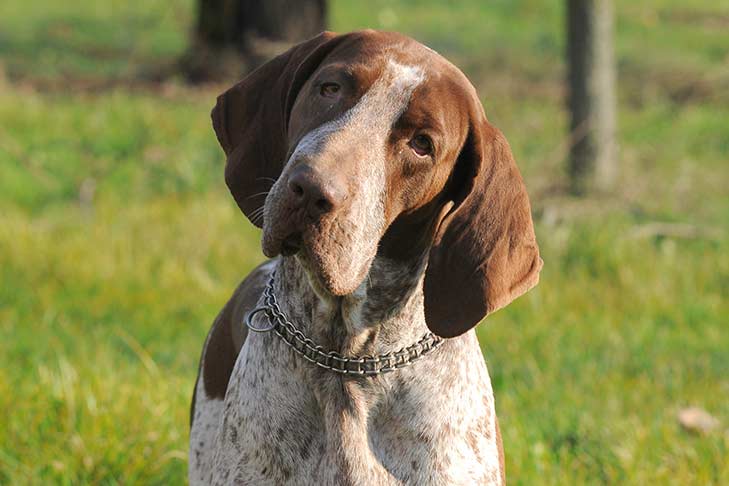If you own a dog, you likely spend a lot of time trying to understand dog behavior and researching questions like “Why does my dog follow me?” (If you’re headed to the kitchen, the answer should be pretty obvious! ), “Can my dog see color?” or “Why does my dog stare at me?” Dogs are complex beings, just like humans, and it can be challenging to interpret what your dog’s facial expressions really mean. When you ask them to sit or give them a treat, making eye contact signals that they are focused on you and prepared to listen (hopefully). However, there are times when your dog will stare at you or give you the doggie side-eye even when you’re just watching TV and not doing anything interesting. There are a few reasons your dog might stare at you, even if you don’t call his name or otherwise try to get his attention, unless you’re doing one of these things that he actually despises.
Dogs Are Telling Us How They Feel
Additionally, your dog communicates emotions—both good and bad—through eye contact. In their wolf ancestors, staring is considered threatening and rude. Some dogs still retain that attitude. Because of this, avoid staring down strange dogs or keeping dogs still while you gaze into their eyes. Back away and avoid eye contact if a dog gives you a hard stare with unblinking eyes and a stiff posture. When a bone or other valuable treat is at stake, you might observe this in your own dog. The act of protecting resources is frequently accompanied by a hard stare and other hostile body language. Consult a trained dog behaviorist or professional trainer if you notice it in your dog.
Naturally, a lot of dog staring is what it appears to be: a sign of affection. Dogs will stare at their owners to show affection, just like humans do when they are in love. In actuality, when humans and dogs stare at each other, oxytocin, also known as the “love hormone,” is released. This chemical is crucial for bonding and increases feelings of trust and love. When you look at your dog, the same hormone that is released when a new mother looks at her baby is also triggered. It makes sense why our dogs enjoy perpetually glancing at us

Is eye contact with dogs bad?
It often depends on the situation and whether or not you are familiar with the dog. For instance, if the circumstances and mood are right, making eye contact with your own dog can be beneficial rather than detrimental. The eye contact should also be short. This means that you should maintain eye contact with your dog for one to two seconds.
Staring, which you would describe as prolonged eye contact, can have detrimental effects. Dogs may become upset and anxious when people stare at them because they perceive it as a threat.
You Can Learn to Understand Your Dogâs Stares
You can understand why your dog is staring at you if you pay attention to what is happening when they lock eyes with you. Â.
You can learn more about why they are following you with their eyes by observing their body language. Make a note of what you’re doing right now to determine what catches their attention. Â.
If your dog is staring at you, it’s usually because they think you’re important and they want to participate in whatever you’re doing.
FAQ
Is it OK to look your dog in the eyes?
Dogs Are Telling Us How They Feel Staring is regarded as threatening and impolite in the descendants of wolves. Some dogs still retain that attitude. Because of this, avoid staring down strange dogs or keeping dogs still while you gaze into their eyes.
Should I stare down my dog?
A dog may perceive a stranger’s staring as a challenge, a threat, or something to make them feel uneasy. They might even think you’re trying to rob them of a resource, like a toy or something to chew on. That’s why it’s best to act calm around new dogs.
What do dogs think when they stare at you?
Although dog stares are frequently adoring or solicitous, they can also occasionally reflect more negative feelings. According to Cerone, a dog may show signs of fear, anxiety, or discomfort by making or maintaining eye contact with you.
Can dogs see you looking at them?
Another study revealed that if a human makes eye contact with the dog first, the dog will follow the human’s gaze. “So the dog knows the gaze-shift is directed at them. Kaminski continued, “This study advances our understanding of dog cognition.